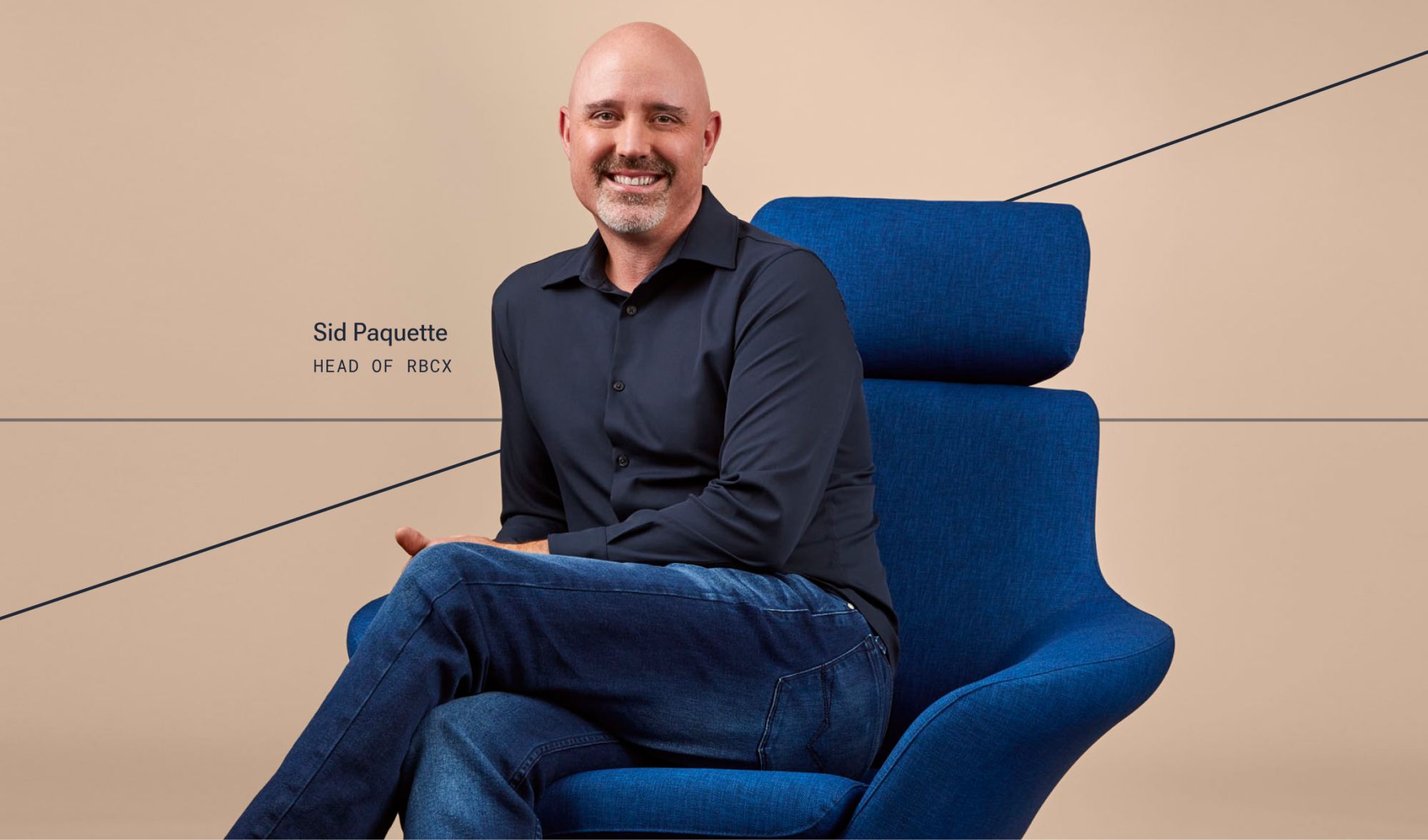Last month RBC Thought Leadership published our latest research on the future of work, setting out the new power skill for the future, creativity. The report challenges us to consider creativity in a new way. No longer only the domain of artists and those ‘born with it’, creativity is a skill. A skill that can be taught, fostered and applied in many different ways and situations. And a skill that must be nurtured if we are to thrive in the complexity of the 2020s.
Creativity exists across RBC in countless ways. As Dave shared, every idea we come up with, solution we create and transformation we make has creativity at its root. To celebrate and highlight creativity within RBC, through August you will hear from leaders on what creativity means to them and how they encourage it.
Creativity at RBC: John Stackhouse interview with Sid Paquette
John Stackhouse: What does creativity mean to you in your role at the bank?
Sid Paquette: Creativity to me is pretty simple. It’s having the freedom to look at an existing process or product and ask the question, “is there a better or more effective way of doing this?”. I believe that all of us are born creative. It’s only over time that we learn rules and processes and begin to trade some of our innate creativity for the status quo. Were we taught creativity as kids? No, we just did creative things because no one told us we couldn’t.
In the technology & innovation space, creativity is everything. We are partnering with the most innovative organizations in the world. They are most interested in partnering with other like-minded organizations. When the raison d’etre of your clients is to disrupt the status quo by creating novel solutions, we need to do the same. In our world, creativity reigns supreme.
Can you describe the most creative moment you’ve had at RBC and the genesis of that moment?
The public launch of RBCx on June 15, 2021. It took over 15 months to get there – developed and implemented a business strategy, hired 85 leaders, rearchitected our go-to-market approach, brought to market four new or enhanced products (more to come), and created a new experience for our clients.
I was able to witness hundreds of creative moments during this process. The “genesis” moment was less of a moment than it was a movement, which I think is the natural progression of creativity, one creative moment builds on another.
How do you encourage space for creativity?
Don’t micromanage. I believe that people require two things to be creative – time and space. We work really hard to give people the time to think of better ways of doing things. One of the mantras in our practice is “do what makes sense”. Then get out of their way and let them figure things out. When you give people the time to be creative, it’s contagious, and one creative idea, whether successful or not, will lead to others. Before long, you have a culture of creativity and innovation. Remove the fear of failure and creativity will spike.
